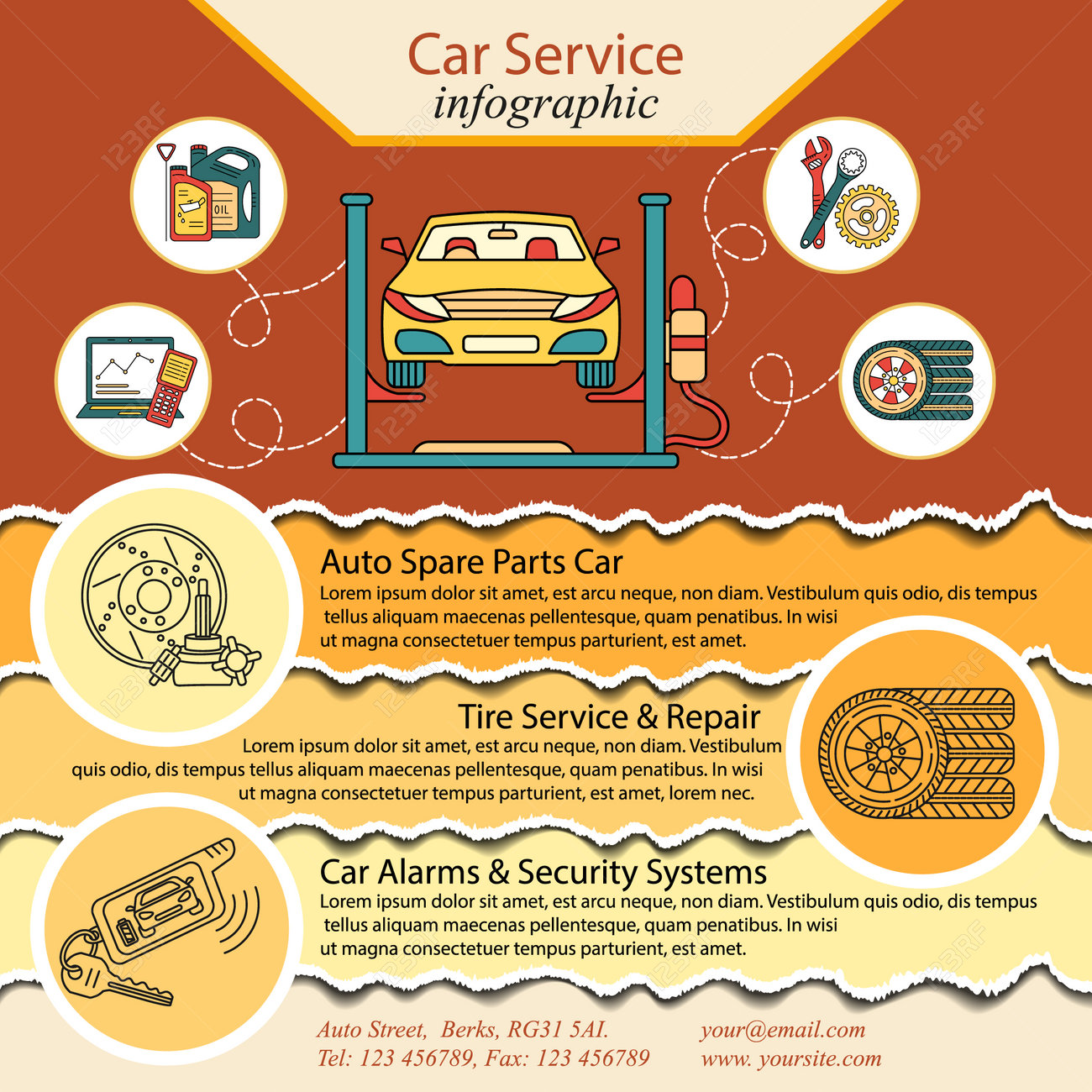A Newbie'S Guide To Recognizing Your Automobile'S Warning Lighting
A Newbie'S Guide To Recognizing Your Automobile'S Warning Lighting
Blog Article
Content Author-Udsen Mahmoud
When you lag the wheel, those little caution lights on your automobile's control panel can be rather difficult. What do they suggest, and should you be concerned? Recognizing these signals is critical for your automobile's wellness, however it doesn't have to be a challenging job. By deciphering the enigma behind each light, you'll be furnished to manage possible concerns efficiently and maintain your automobile running efficiently. So, following time a warning light flashes, don't panic - arm on your own with expertise and take control of the scenario.
Significance of Auto Caution Lights
Recognizing the relevance of your vehicle's warning lights is crucial for maintaining your automobile's health and safety. https://ecu-remapping-near-me73827.bloginder.com/30872843/important-car-care-tips-that-every-driver-need-to-remember work as your vehicle's communication system, signaling you to possible problems that might endanger your safety and security on the road or bring about expensive repair services if disregarded. By paying attention to these warnings, you can attend to troubles early and stop more damage to your automobile.
Neglecting cautioning lights can lead to serious repercussions, such as engine failing, brake malfunctions, or even crashes. https://www.rgj.com/story/news/money/business/2021/08/02/renos-national-automobile-museum-has-wow-factor-ncet-biz-tips/5457883001/ are created to notify you of issues ranging from low tire pressure to engine breakdowns, providing you the chance to take action before the circumstance aggravates. On a regular basis examining and recognizing these warnings can conserve you time, cash, and guarantee your safety and security while driving.
Along with keeping you safe, reacting promptly to alerting lights can additionally assist extend the life expectancy of your cars and truck. By dealing with issues early, you can protect against little troubles from escalating into major repair work, ultimately conserving you time and money over time. Remember, https://brakeshopnearme39406.blog2news.com/30839387/carrying-out-eco-friendly-practices-in-your-car-service-center-to-decrease-ecological-impact warning lights are there for a reason - do not neglect them!
Common Caution Lights and Meanings
When it comes to driving your auto, understanding common caution lights and their meanings is important for your safety and car upkeep. Below are a couple of typical caution lights you may experience:
1. ** Inspect Engine Light **: This light indicates a problem with your engine. Maybe something minor like a loose gas cap or something much more serious like engine misfiring.
2. ** Battery Light **: This light signals a trouble with your cars and truck's charging system. It could indicate a damaged battery, generator, or other associated elements.
3. ** Oil Stress Light **: When this light comes on, it implies your engine may be running low on oil or experiencing low oil stress, which can bring about engine damages otherwise attended to promptly.
4. ** Brake System Light **: This light shows a concern with your stopping system. It could imply low brake liquid levels or an issue with the brake system that requires immediate attention.
Understanding these usual warning lights will help you identify potential issues early on and protect against more substantial problems down the road.
Just how to React To Warning Lighting
On the occasion that a caution light brightens on your car's dashboard, it's important to respond quickly and properly. When a warning light begins, the primary step is to consult your owner's manual to understand the details concern suggested by the light.
Some lights need immediate focus, while others may suggest a less immediate issue. If the warning light is red or blinking, it's usually an indication of a significant trouble that needs immediate activity. In such cases, it's a good idea to pull over safely, turn off the engine, and seek specialist help.
For yellow or orange caution lights, while they might not call for prompt attention, it's still important to deal with the hidden problem without delay to prevent further damage. Regular maintenance and assessment can help stop cautioning lights from coming on unexpectedly.
Final thought
Finally, understanding your cars and truck's caution lights is essential for preserving your car's health and safety. By on a regular basis inspecting and responding to these cautions, you can deal with prospective issues early and protect against pricey fixings or safety dangers. Remember to consult your proprietor's manual for information on various warning lights and constantly take immediate activity for red or flashing lights. Keep positive and maintain your auto running efficiently!
